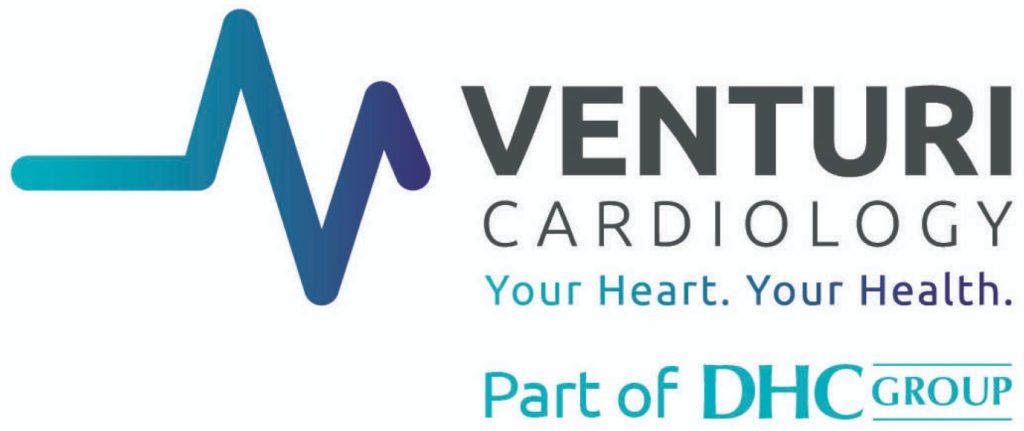At our angina diagnosis centre, we always like to keep abreast of the latest innovations and developments in angina research. In this article, we’ll be sharing some key insights from recent research.
New insights in Microvascular Angina
Microvascular angina is a condition that affects the smallest blood vessels in the heart. Minor spasms in the walls of small vessels reduce blood flow to the heart muscles, which can cause chest pain. Now, new research indicates it can even lead to heart attacks, strokes and death.
Previously, it was believed microvascular angina was relatively harmless. However, recent research indicates angina diagnosis centres and practitioners need to be aware of the dangers of microvascular angina.
As well as underestimating its danger, misdiagnosis has been another major problem with this condition. For example, it was commonly believed females were the most at risk. But, new studies show no little difference between sex and ethnicity in the prognosis of microvascular angina.
In response, scientists are calling for cardiologists to be cautious in their diagnoses. They suggest invasive surgery is the best and most reliable tool for accurate diagnosis.
New insights into non-obstructive Coronary Artery Disease
Non-obstructive coronary artery disease or ANOCA is a condition that nearly half of all angina patients suffer from. It is common for angina patients to suffer from some form of obstructed arteries. These obstructions reduce blood flow, which causes angina. However, not all angina cases are due to blocked vessels. ANOCA is when the heart constrictive its own vessels. This malfunction can induce angina symptoms.
Recently several angina diagnosis centres partnered with the British heart foundation to analyse this problem. Their research looks at how clinicians can get an accurate diagnosis for ANOCA and how this can help create more tailored treatments for patients.
They introduce the use of thermodilution and doppler techniques as a way to accurately and efficiently reach a diagnosis. They begin with a noninvasive type of ultrasound test. It can measure the blood flow by how sound waves bounce off circulating red blood cells. They then correlate this rate by injecting a small amount of heat into the bloodstream. The temperature drops the longer it takes heat to pass through different vessels. It can measure the flow of blood pumping through a vessel over a given time. Thus highlighting where ANOCA may be occurring.
Takeaways
At Venturi Cardiology, we take the latest insights into cardiology seriously. For example, our angina diagnosis centre uses state-of-the-art, modern technology and research methods to provide the best care for our patients.
To learn more about the latest cardiology news, look at our blog.












